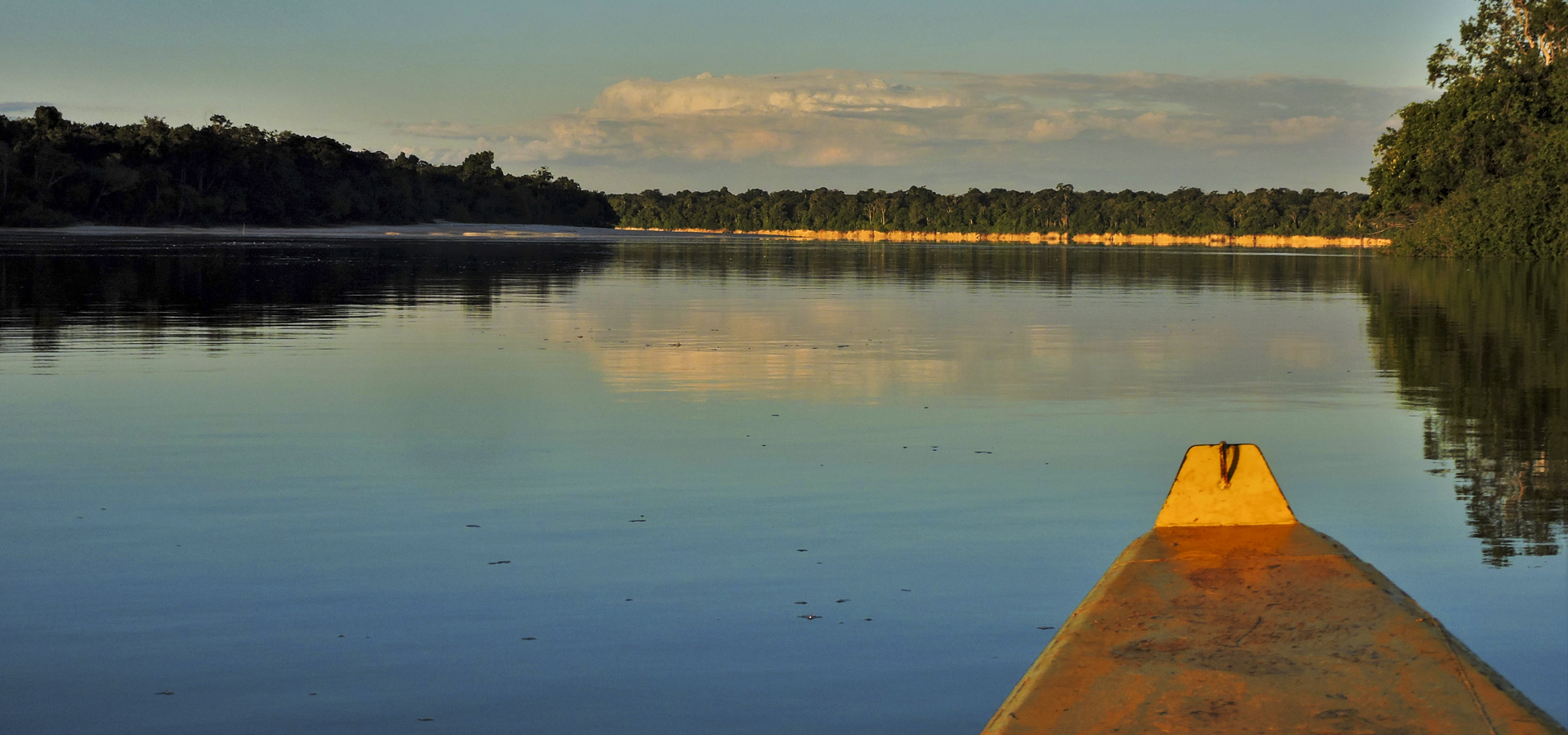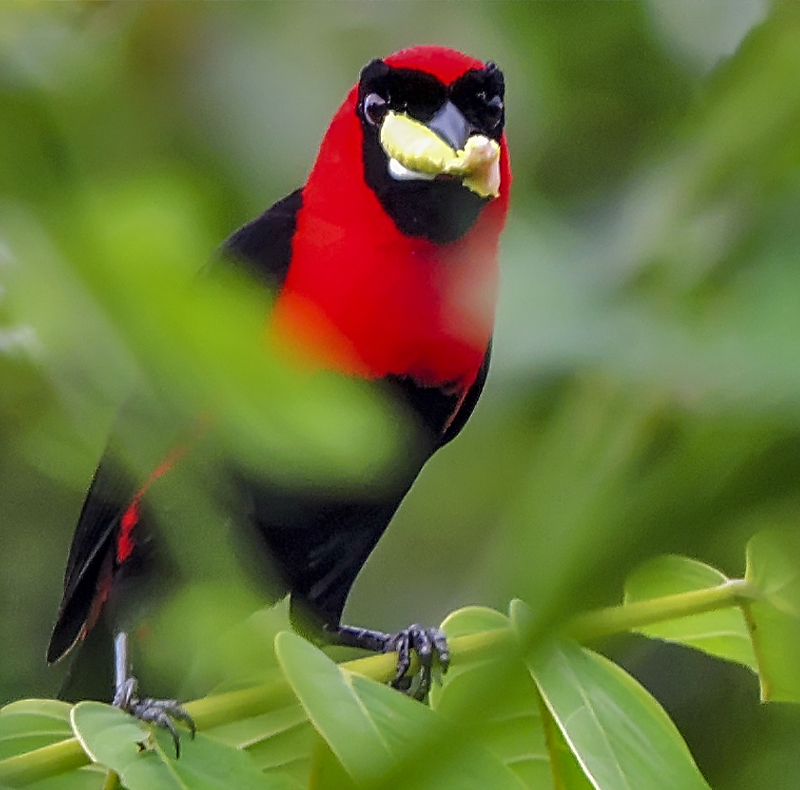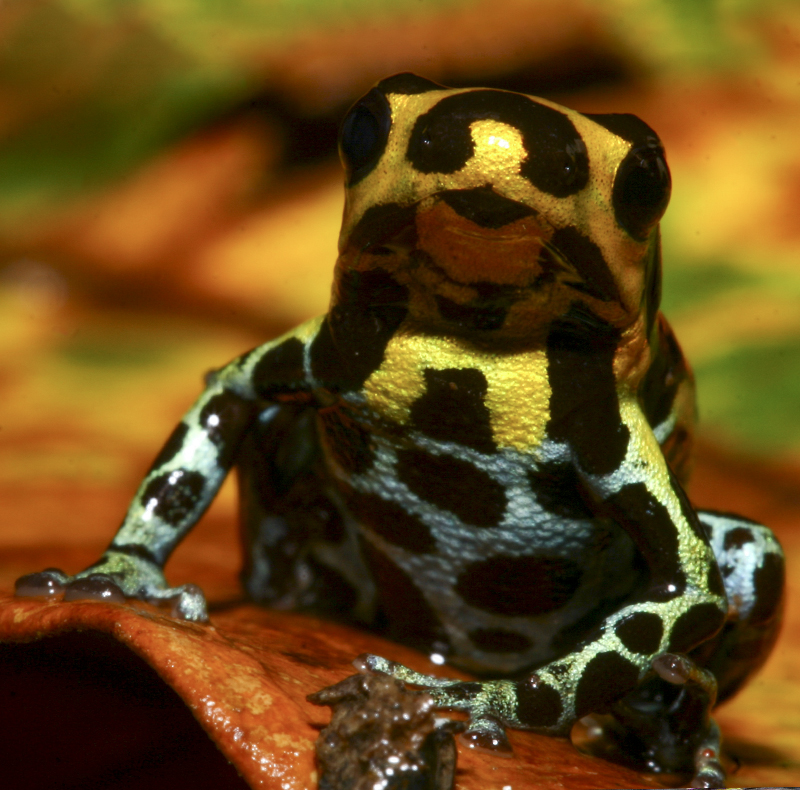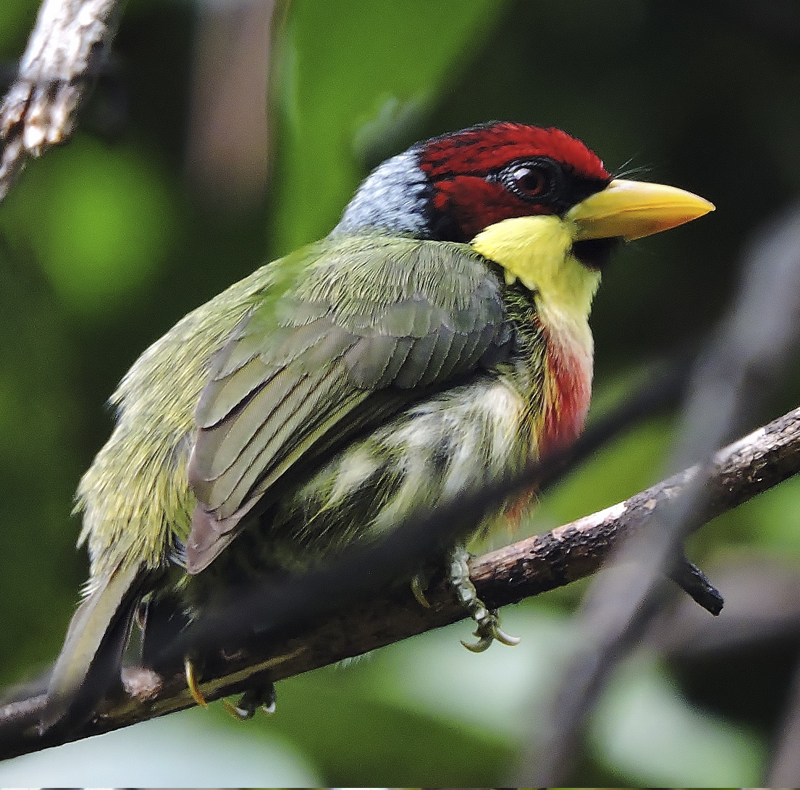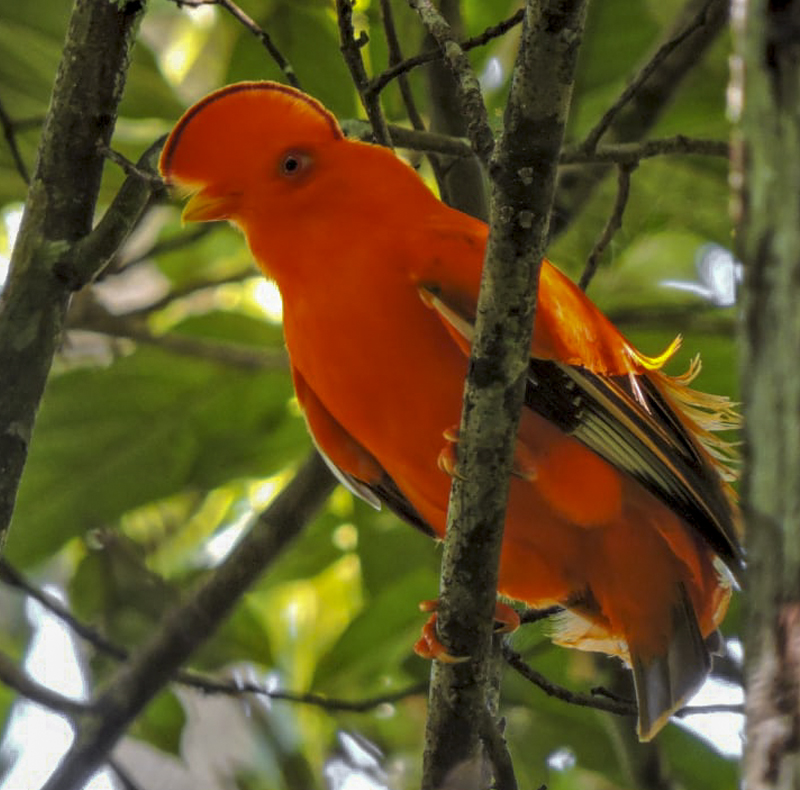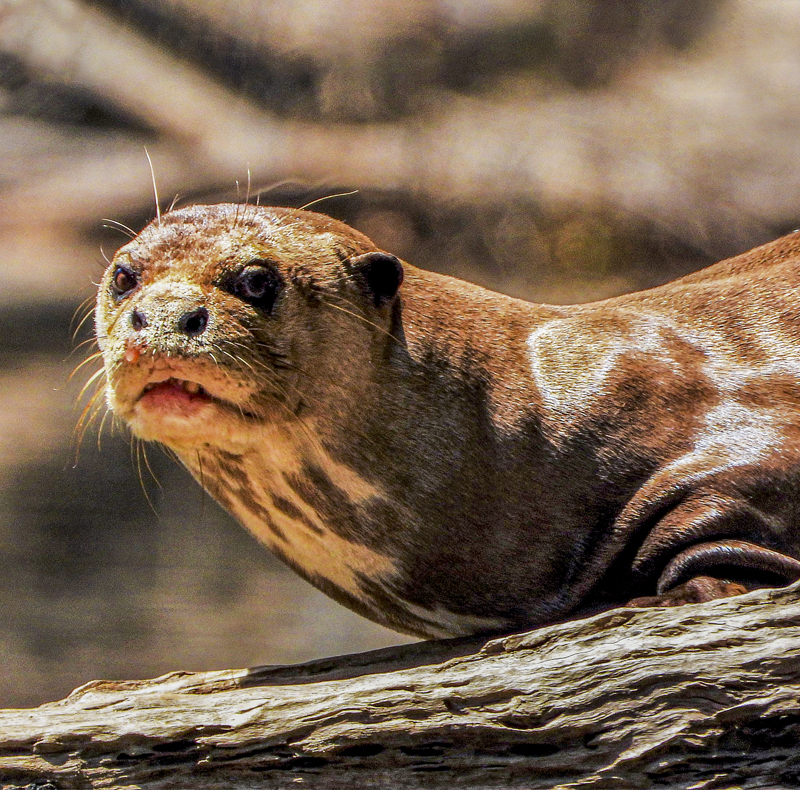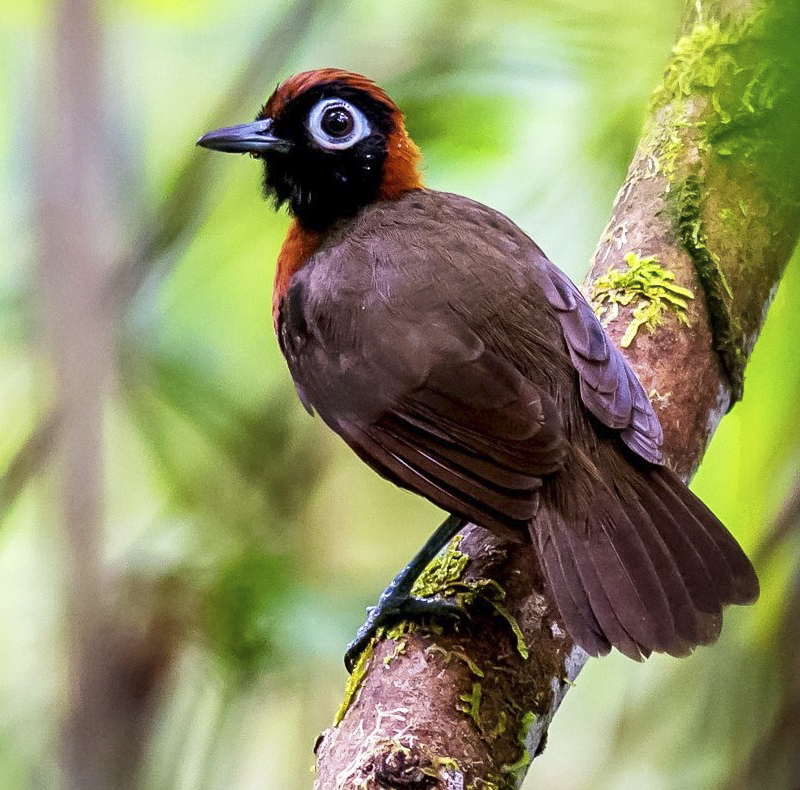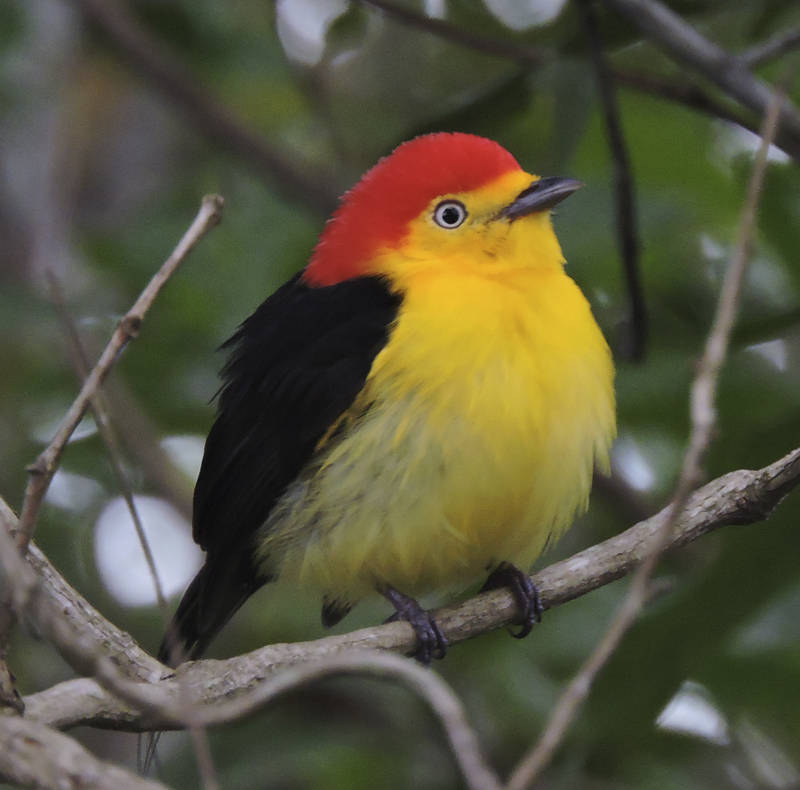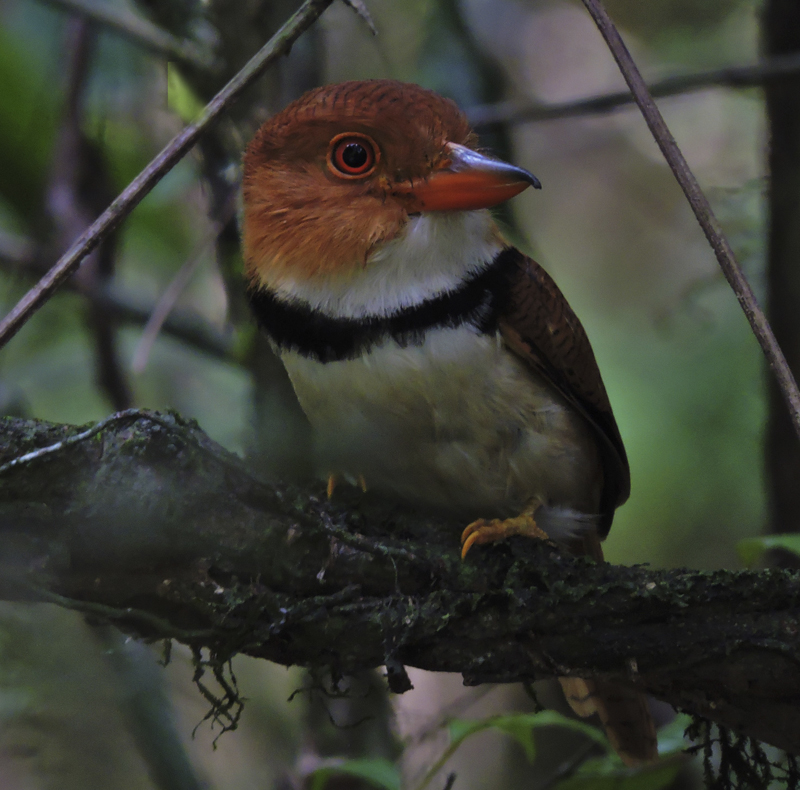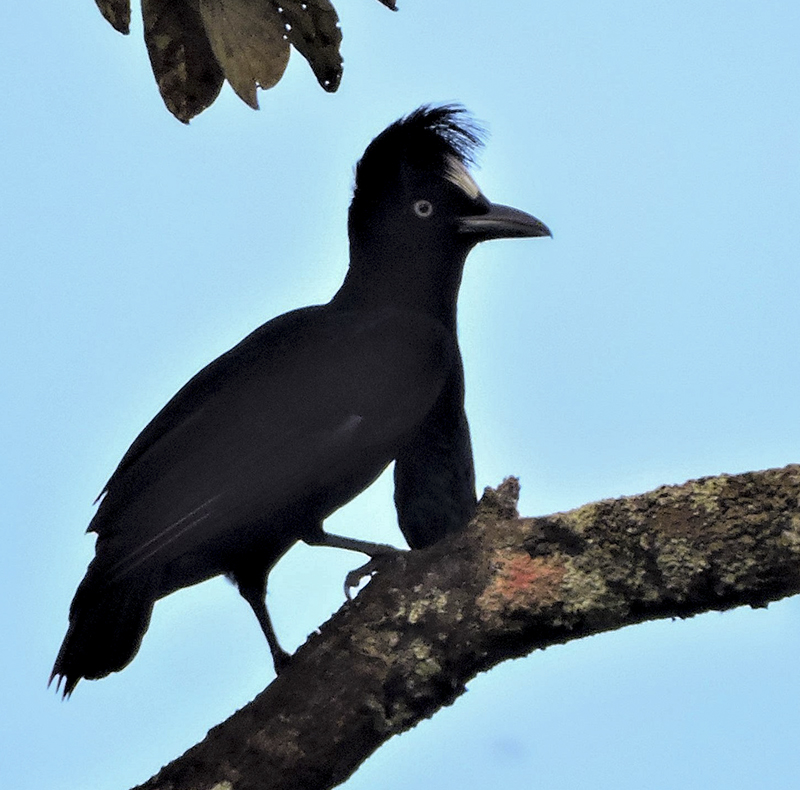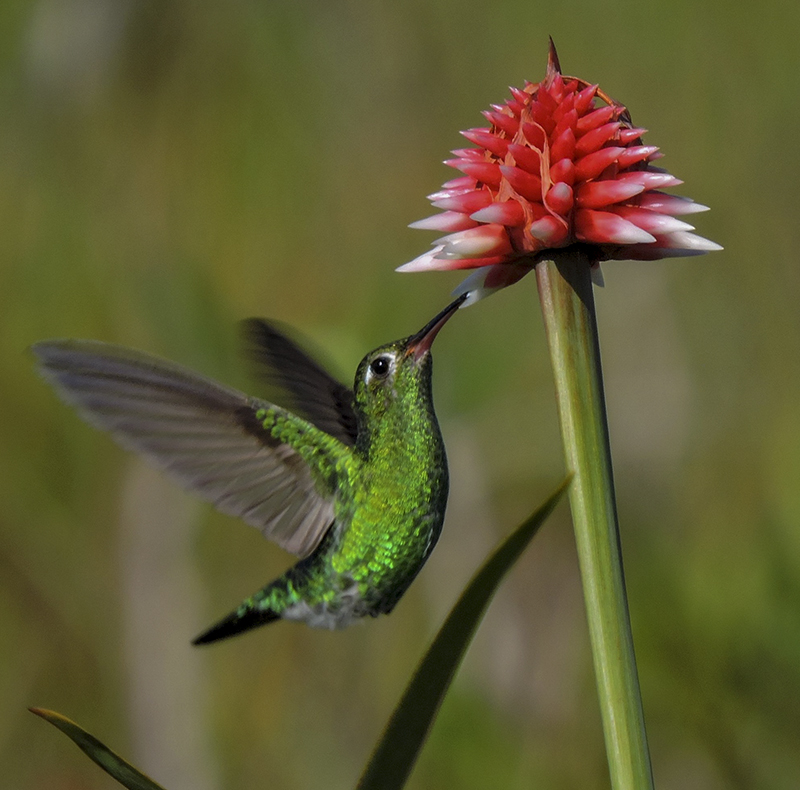Amazonia
The Amazon region of Colombia or Amazonia is one of the six natural regions of Colombia. It is located in the south of the country limiting on the north with the Andean and Orinoquia regions, on the east with Venezuela, on the southeast with Brazil, on the south with Peru, and on the southwest with Ecuador. It encompasses about 40% of the Colombian territory and it is the least populated region in the country. It is part of the Amazonian Jungle, a great South American region, which is the largest forest area in the world shared by Venezuela, Brazil, Colombia, Ecuador, Peru, Guyana, Surinam and Bolivia. As a result, the Amazon is the most forestry region that covers a surface of 483,119 km. The main cities of the region according to their populations are Florencia (121.898 p), San José del Guaviare (34.863 p), San Vicente del Caguán (31.011 p), Puerto Asís (27.609 p), Mocoa (25.753 p), and Leticia (23.811 p).
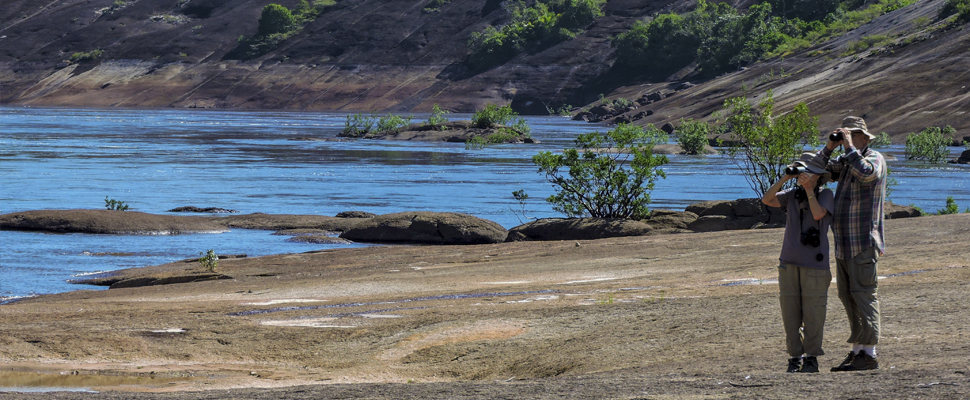
The Economy of the Amazon Region
The Amazon economy activities relies principally on fishing, mining, livestock, and timber extraction. Most of them are not in harmony with the landscape nor their native people. The complexity of the hydrographic basins of the region does not allow the construction of paved roads, not only due to its mass humidity but also because of fear of a negative impact on the environment. Therefore, the main access to the region is by airplane and just the cities of Florencia and Mocoa have road access to the rest of the country, whereas, for the rest of the region, waterways are the main way of transport. On a local scale, the indigenous people had been taking advantage of tourism by selling different handcrafted unique artisanal items that become an important income for these families
Some About Geography and Climate
The geographical location of the Colombian Amazons is on the Equatorial Zone covering both hemispheres and having a vertical incidence of the solar radiation throughout the entire year. This stimulates the zone under higher solar warming, providing a potential reception for solar energy which is intercepted by local convective systems that are associated with the precipitation system, biomes, zone-biomes, oro-biomes and primarily to the systems of intertropical atmospheric circulation.
According to the records of the meteorology stations of the IDEAM, the Colombian Amazon has a unimodal rainfall system, with a multiannual medium precipitation of 3307 mm, presenting the lowest values during the months of December-January, and the highest during May-June. In Leticia the multiannual medium precipitation is of 3194 mm, with the lowest values during July-August and the highest values during January-March; the other cities report similar conditions among them, with lowest precipitations during the months of December-January and highest values during May-July; Mocoa presents the most multiannual medium precipitation of 4376 mm, having the lowest values in October-November and the highest values during May-June; San Jose de Guaviare presents the least multiannual medium precipitation of 2499 mm, with the lowest values during the months of December-January and the highest values during June-July.
The medium temperature in the region is 25.3 °C, with a minimum average of 21.5 ºC and a maximum average of 30.2 ºC; the lowest temperatures take place during the months of June to August and the highest values are during the months of December to January. Only in Leticia there are changes in the maximum and medium temperatures, which occur during the months of October-November.
The Biodiversity is Amazing
The flora in the Amazon is blessed by nature. There are countless plant species such as edibles, oleaginous, medicinal, and colorings in the middle of the jungle. Near to 30.000 plant species out of the 100.000 present in Latin America lives in the Amazon. The different levels of humidity during the periods when rivers overflow, the quality of the soil, the winds, and the rainfalls have molded the formation of diverse vegetation that manifests their greatness in three types: Firm Land forests, Swamp forests, and Mega vegetation.



